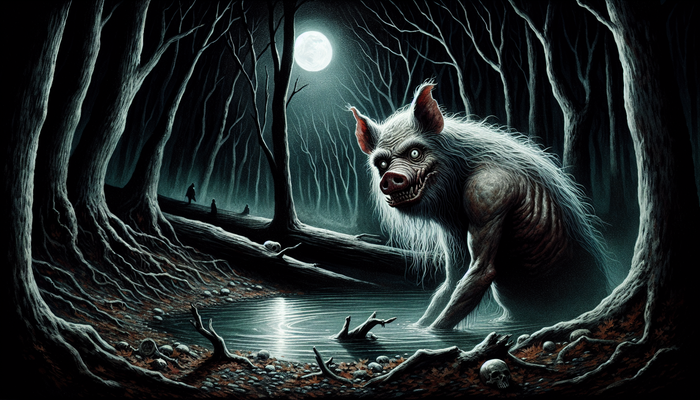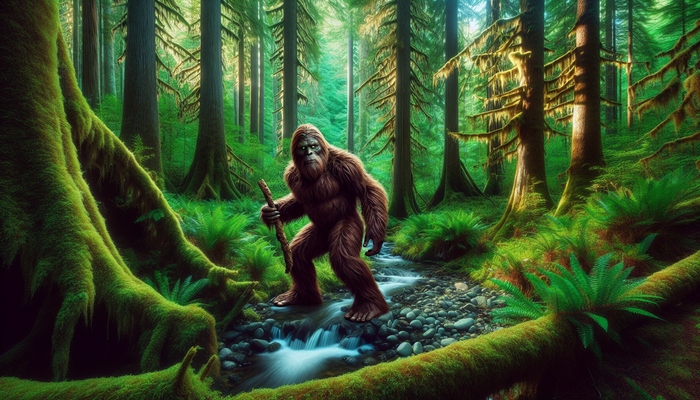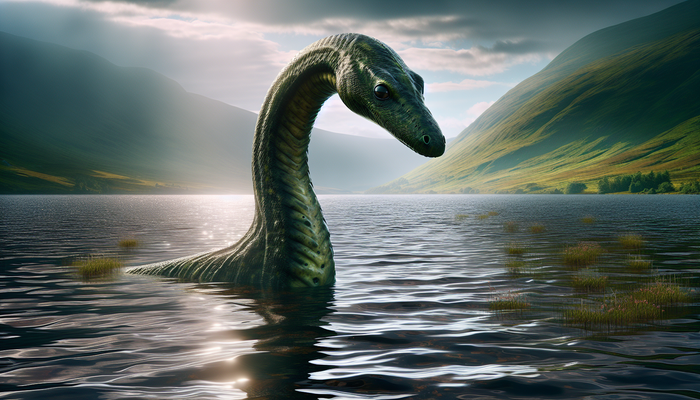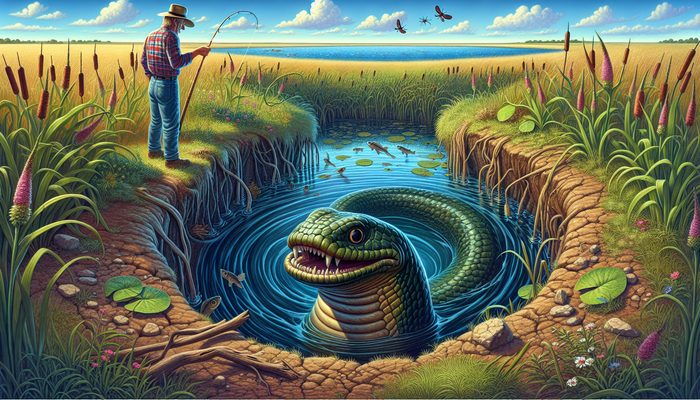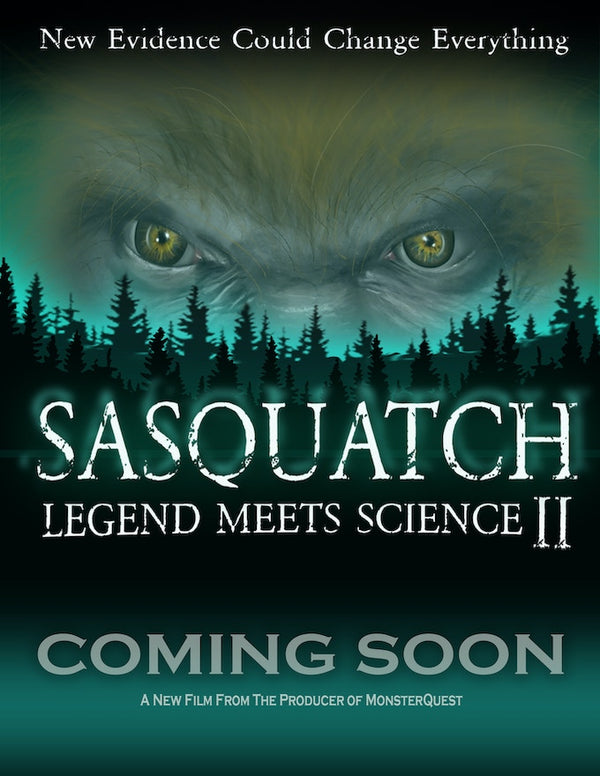Loren Coleman, Respected Cryptozoologist
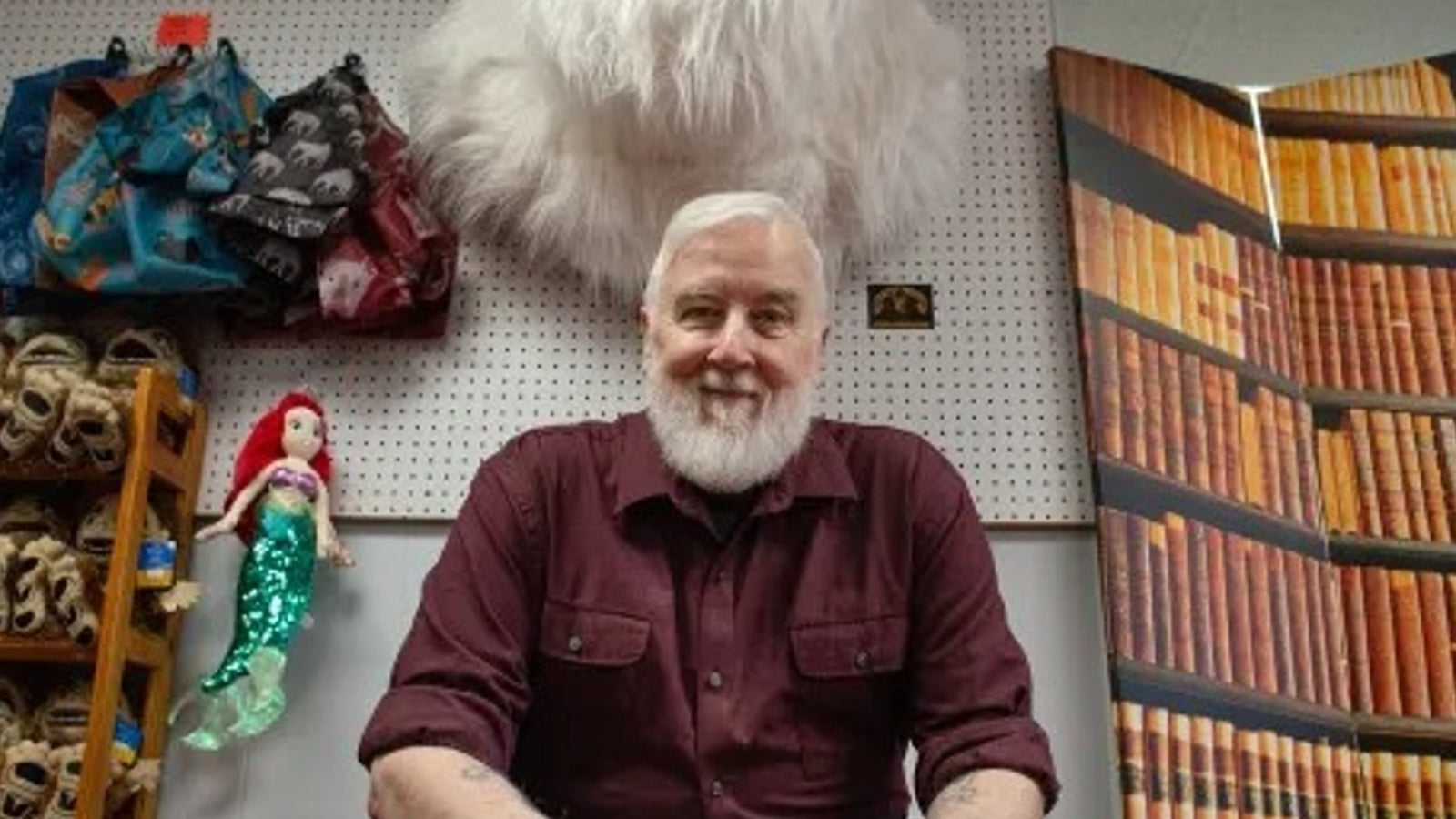
By Wade Beaumont, Cryptozoologist
In the shadowy realm between science and folklore, where creatures of myth and legend roam, stands a man who has dedicated his life to uncovering the truth behind these elusive beings. Loren Coleman, born on July 12, 1947, in Norfolk, Virginia, has become synonymous with the field of cryptozoology—the study of hidden or unknown animals. For over six decades, Coleman has tirelessly pursued evidence of creatures that mainstream science has yet to acknowledge, from the infamous Bigfoot to the mysterious creatures lurking in the depths of lakes and oceans.
Coleman's journey into the world of cryptids began in the most unlikely of places—a movie theater in Decatur, Illinois. In 1960, a young Coleman watched the Japanese film "Half Human," which depicted the legendary Abominable Snowman. This cinematic encounter sparked a lifelong fascination with creatures that exist on the fringes of scientific recognition. Little did he know that this moment would set him on a path to become one of the world's leading cryptozoologists, author of over 40 books, and founder of the International Cryptozoology Museum.
The Making of a Cryptozoologist
Coleman's academic pursuits laid the groundwork for his unique approach to cryptozoology. At Southern Illinois University-Carbondale, he majored in anthropology and minored in zoology, a combination that would prove invaluable in his future investigations. His education didn't stop there; Coleman went on to earn a graduate degree in psychiatric social work from Simmons College in Boston. This diverse educational background, which also included coursework in social anthropology and sociology, equipped Coleman with a multifaceted lens through which to view the complex world of cryptids.
The year 1969 marked Coleman's official entry into the field of cryptozoology with the publication of his first article. From that point on, his career as a writer and researcher flourished. Coleman's work is characterized by a meticulous approach to gathering evidence, combining rigorous fieldwork with an analysis of cultural narratives and witness testimonies. His books, including the seminal "Mysterious America" and "Cryptozoology A to Z," have become cornerstones of cryptozoological literature, blending scholarly research with accessible storytelling.
The International Cryptozoology Museum: A Legacy in the Making
In 2003, Coleman took a bold step in legitimizing the field of cryptozoology by founding the International Cryptozoology Museum in Portland, Maine. This institution, the first of its kind, serves as a repository for artifacts, evidence, and educational materials related to cryptids. From plaster casts of alleged Bigfoot prints to hair samples and artistic renderings of reported creatures, the museum offers visitors a tangible connection to the world of cryptozoology.
The museum's mission extends beyond mere exhibition. It aims to educate the public about the scientific pursuit of unknown animals and the cultural significance of cryptid legends. As Coleman often points out, cryptozoology can serve as a "gateway science," inspiring young minds to explore fields such as biology, zoology, and anthropology. The museum has undergone several expansions since its inception, reflecting the growing public interest in cryptozoology. Plans are underway for an even larger venue in Bangor, Maine, which will house Coleman's extensive archive of over 100,000 books on natural history, UFOlogy, parapsychology, and cryptozoology.
Fieldwork: Where the Rubber Meets the Road
Coleman's approach to cryptozoology is not confined to the library or the museum. His fieldwork has taken him to all 50 states in the U.S., as well as Canada, Mexico, Scotland, and the Virgin Islands. These expeditions involve more than just searching for physical evidence; they are comprehensive investigations into the cultural and environmental contexts in which cryptid sightings occur.
One of Coleman's most innovative techniques involves the use of replicas and models to help witnesses articulate their experiences. By providing visual references, Coleman can gather more detailed and accurate descriptions of alleged cryptid encounters. This method not only aids in the collection of data but also helps to validate the experiences of witnesses who might otherwise feel dismissed or ridiculed.
Coleman's fieldwork is not without its challenges. The elusive nature of cryptids means that concrete evidence is often hard to come by. However, Coleman maintains that the absence of evidence is not evidence of absence. He approaches each investigation with an open mind, carefully weighing witness testimonies against known natural phenomena and considering the possibility of misidentification or hoaxes.
Media Presence and Public Perception
Throughout his career, Coleman has been a prominent figure in the media, serving as a consultant and commentator on numerous television and radio programs. His appearances on shows such as NBC's "Unsolved Mysteries," A&E's "Ancient Mysteries," and the History Channel's "In Search of History" have brought cryptozoology to a wider audience. Coleman's ability to communicate complex ideas in an engaging manner has made him a sought-after expert in the field.
In addition to his television appearances, Coleman has contributed regularly to publications such as Fortean Times and Fate magazine. His columns explore a wide range of cryptozoological phenomena, from recent Bigfoot sightings to historical accounts of sea serpents. Through these platforms, Coleman has played a significant role in shaping public perception of cryptozoology, striving to present it as a legitimate field of inquiry rather than a fringe pseudoscience.
Navigating Controversy and Criticism
Despite his efforts to bring scientific rigor to cryptozoology, Coleman has faced his share of criticism from skeptics and members of the mainstream scientific community. Critics argue that cryptozoology lacks the methodological standards of traditional zoology and that the evidence presented for the existence of cryptids is often anecdotal or circumstantial.
Coleman, however, maintains that cryptozoology is a valid field of study that can coexist with and complement mainstream science. He argues that many now-recognized species, such as the giant squid and the coelacanth, were once considered cryptids. Coleman's approach to criticism is to engage in respectful dialogue, presenting evidence and encouraging open-minded inquiry.
One of Coleman's strengths lies in his ability to navigate the fine line between skepticism and belief. He often describes himself as someone who "believes in nothing but remains open-minded to everything." This philosophy allows him to critically evaluate evidence without dismissing the possibility of undiscovered species or phenomena.
The Cultural Significance of Cryptids
Coleman's work extends beyond the search for physical evidence of cryptids. He recognizes the profound cultural significance that these creatures hold in various societies around the world. From the Yeti of the Himalayas to the Loch Ness Monster of Scotland, cryptids often play important roles in local folklore and cultural identity.
Through his research, Coleman has explored how cryptid legends can reflect a society's relationship with nature, its fears, and its aspirations. He argues that the study of cryptids can provide valuable insights into human psychology and cultural anthropology, even if the creatures themselves remain elusive.
Coleman's approach to cryptozoology is inherently interdisciplinary. He draws on fields such as zoology, anthropology, psychology, and folklore studies to create a holistic understanding of cryptid phenomena. This broad perspective has allowed him to make connections and insights that might be overlooked by researchers with a narrower focus.
The Future of Cryptozoology
As Coleman looks to the future of cryptozoology, he remains optimistic about the potential for new discoveries. He points to the ongoing discovery of new species in remote areas of the world as evidence that there is still much to learn about Earth's biodiversity. Coleman encourages aspiring cryptozoologists to combine traditional fieldwork with new technologies, such as environmental DNA analysis and advanced imaging techniques.
The expansion of the International Cryptozoology Museum and the planned archive in Bangor represent Coleman's commitment to preserving the history of cryptozoology and inspiring future generations of researchers. He envisions these institutions as centers for education and scientific inquiry, where scholars and enthusiasts can come together to explore the mysteries of the natural world.
Coleman's legacy extends far beyond his personal achievements. He has inspired countless individuals to pursue their own investigations into the unknown, fostering a community of researchers and enthusiasts united by their curiosity about the natural world. His work has demonstrated that the pursuit of knowledge, even in the face of skepticism and uncertainty, is a worthy endeavor.
The study of cryptids, as Coleman has shown, is not merely about proving or disproving the existence of legendary creatures. It is about pushing the boundaries of our understanding of the natural world, challenging our assumptions, and remaining open to the possibility of discovery. In a world where much of the planet has been mapped and cataloged, cryptozoology reminds us that there are still mysteries to be solved and wonders to be uncovered.
As we look to the future of cryptozoology, Loren Coleman's work serves as both a foundation and an inspiration. His meticulous research, open-minded approach, and unwavering dedication to the field have set a standard for future generations of cryptozoologists. Whether or not the creatures he has pursued for so long are ever definitively proven to exist, Coleman's contributions to our understanding of the natural world and the human fascination with the unknown are undeniable.
The quest for hidden creatures continues, driven by the same spirit of curiosity and wonder that first captivated a young Loren Coleman in that Decatur movie theater so many years ago. As long as there are unexplored corners of the world and unexplained phenomena, there will be those who follow in Coleman's footsteps, seeking to unravel the mysteries of the hidden and unknown.
From Bigfoot to UFOs: Hangar 1 Publishing Has You Covered!
Explore Untold Stories: Venture into the world of UFOs, cryptids, Bigfoot, and beyond. Every story is a journey into the extraordinary.
Immersive Book Technology: Experience real videos, sights, and sounds within our books. Its not just reading; its an adventure.


